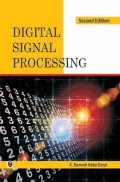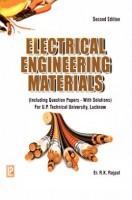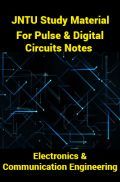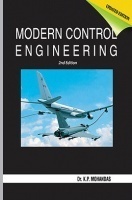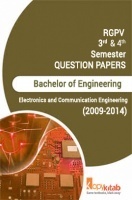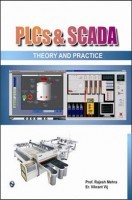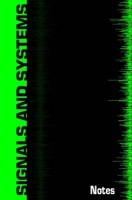Elements of Digital Communications by Prof. N. Sarkar
Book Summary:
The essence of digital communication is briefly discussed in order that the reader obtains a special view of the subject matter. This includes similarities and differences that exist between analog and digital communication techniques in the form of block diagrams. Certain basic concepts emphasizing the figure of merit for comparison of different systems have been pointed out.
Principles of ‘Networking’ and ‘mobile-radio’ have been briefly discussed with a view to amplify the applications of digital communications. As is well known that Fourier series, Fourier Integral, and also Fourier transform form the backbone of any electrical communication technique. Therefore, adequate coverage has been given towards the mathematics of Fourier techniques and its applications to linear system analysis.
Relationship between time domain and frequency domain is discussed at length. Spectral analysis of modulation and demodulation techniques, and Fast Fourier transforms (FFT) are also included.Principles of sampling, quantizing, and coding and time-division-multiplexing (TDM) of anlog data are presented in this chapter.
Performances of several practical communication system are compared with the performance of an ideal system. Pulse-code modulation (PCM), Delta modulation, Adaptive delta modulation, etc. have been treated.
Audience of the Book :
This book Useful for Electronics and telecommunication engineering students.
Key Features:
Some of the important features described below have been introduced in aid of both the students and instructors :
1. Materials covered here include topics taught in most of our universities.
2. Introductory remarks in the beginning of each chapter familiarize the reader with clearly defined objectives. Summary at the end is intended to cover closing remarks, and also by reading it the reader will know what has not been covered.
3. Extensive use of solved examples (more than 170) and detailed solutions to introduce, amplify, and illustrate the concepts.
4. Home work problems with answers total more than 270.
Table of Contents:
1. Introduction
2. Characteristics of Instruments
3. Errors in Measurement and their Analysis
4. Indicating Instruments
5. Electronic Measuring Instruments
6. Generation and Analysis of Wave forms
7. Cathode Ray Oscilloscope
8. Electronic Counters
9. Electronic Instruments
10. Transducers
11. Instrumentation for Measurement of Non-electrical Quality
12. Data Acquisition System
13. Power Measurement at High Frequencies
14. Biomedical Measurements
15. Intelligent Instrumentation
16. Microprocessor and its uses in Instrumentation
17. Measurements on Amplifiers and Receivers
18. Appendix







